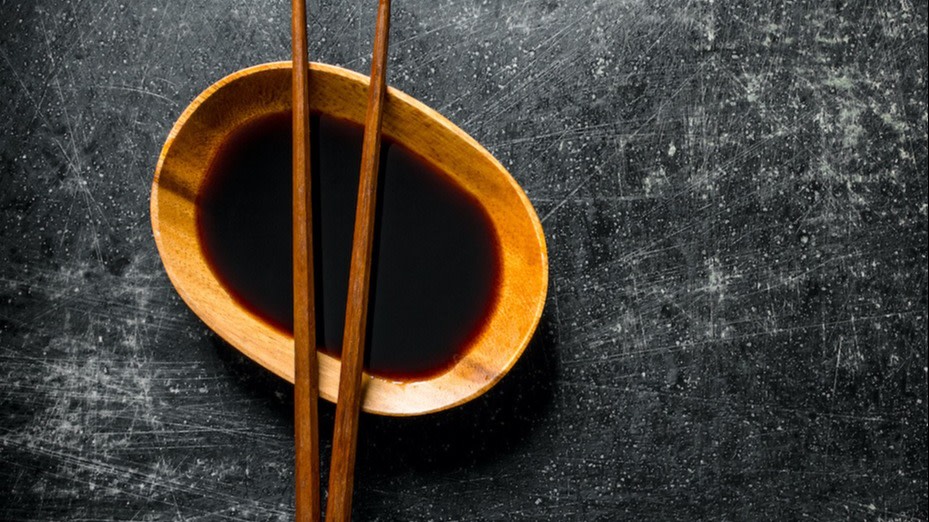Explore Tamari: 3 Ways to Use Tamari in Your Cooking
Written by MasterClass
Last updated: Jun 7, 2021 • 2 min read
Tucked alongside the soy sauce and liquid aminos in the grocery store, you’ll find tamari: A pure, balanced expression of fermented soybeans.
Learn From the Best
What Is Tamari?
Tamari is a Japanese-style soy sauce, formed as a byproduct during the production of miso paste. During miso’s fermentation process, producers may either add spores of* Aspergillus tamarii* (cultures known as koji) to boiled soybean paste or allow natural spores from the surrounding environment collect in the mixture as the miso matures. The liquid byproduct—known as tamari—is then collected from the runoff of the fermented soybean mixture and bottled. The wheat-free soy sauce is an ideal option for those with gluten-free diets and health-related issues exacerbated by wheat consumption.
What Does Tamari Taste Like?
Tamari has a rich, deep umami flavor that is slightly more mellow than soy sauce. The sauce is made with a high concentration of soybeans, resulting in a rich, thick texture and more nuanced salinity than other soy sauce options.
3 Ways to Use Tamari
Like fish sauce, tamari is a useful way to incorporate umami flavors in many dishes without overwhelming the main ingredients with salt.
- 1. As a seasoning: Use tamari to season Asian-inspired dishes, like stir-fry, or use it to enhance complexity in marinades or gravies.
- 2. As a base for other sauces: When combined with a sweetener and aromatics like garlic and ginger, tamari serves as the base for other Japanese sauces, like teriyaki.
- 3. As a condiment: Like light soy sauce, tamari makes a great dipping sauce for sushi or sashimi, and appetizers like gyoza (Japanese dumplings). If you’re in the mood for homemade tuna sashimi, try Chef Wolfgang Puck’s recipe, served alongside ponzu sauce and fennel apple salad.
What Is the Difference Between Tamari and Soy Sauce?
While both sauces result from fermenting soybeans, and serve as examples of the power of the fermentation process to coax complex savory tastes from pared-down ingredient lists, there are key distinctions between the two condiments:
- Tamari has fewer ingredients. Tamari only contains soybeans and cultures, resulting in a deeper, umami flavor.
- Soy sauce has higher salinity. Soy sauce incorporates a salt brine to a mash of soybeans and wheat, and tends to be thinner, lighter, and more salt-forward.
- Tamari does not contain gluten. Wheat is a staple ingredient in soy sauce, but tamari does not contain wheat, making it an ideal sauce choice for those with dietary sensitivities.
Want to Learn More About Cooking?
Become a better chef with the MasterClass Annual Membership. Gain access to exclusive video lessons taught by the world’s best, including Niki Nakayama, Gabriela Cámara, Chef Thomas Keller, Yotam Ottolenghi, Dominique Ansel, Gordon Ramsay, Alice Waters, and more.
